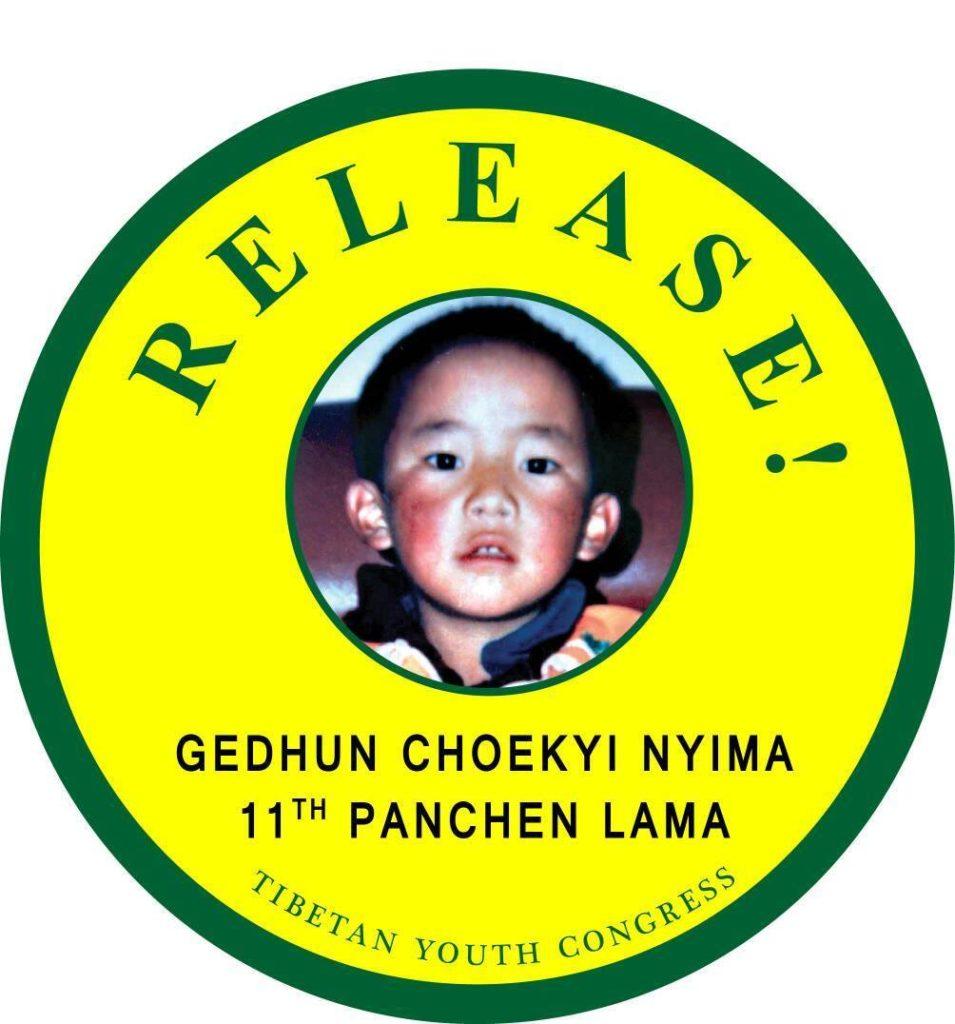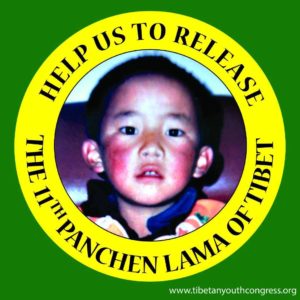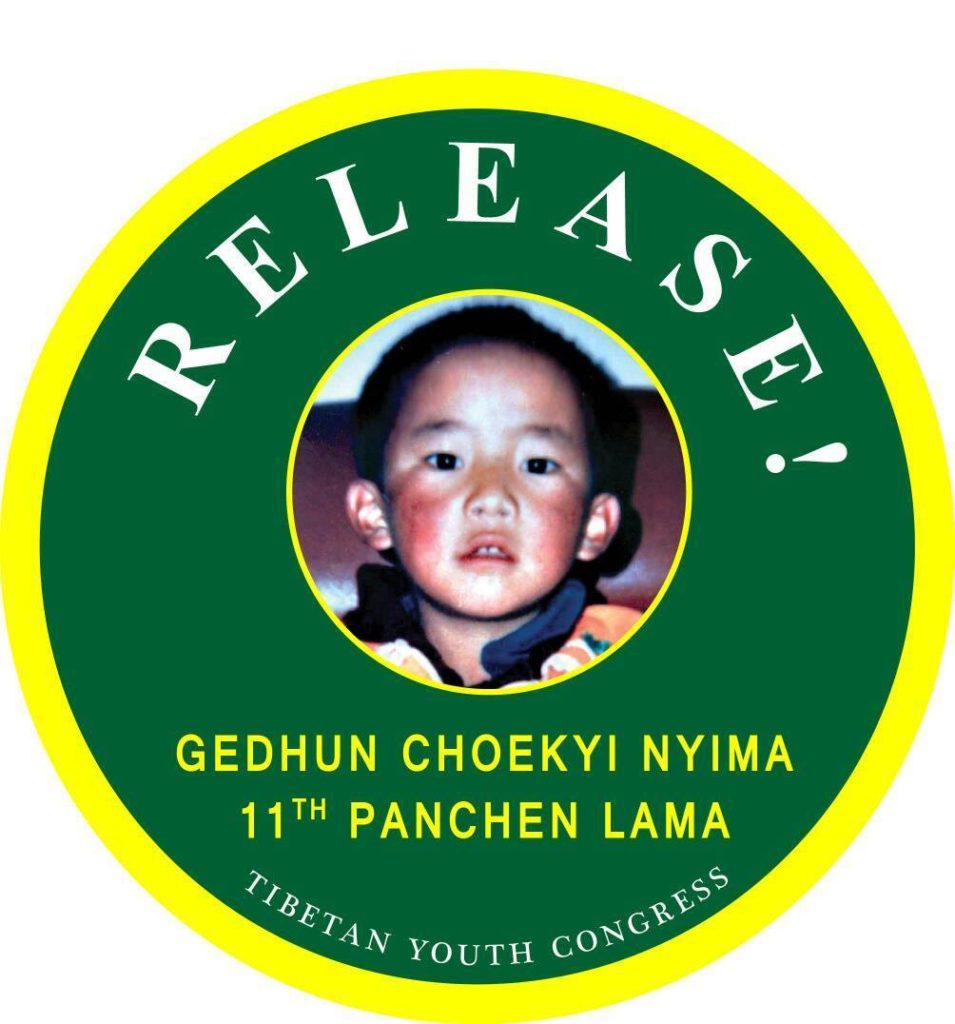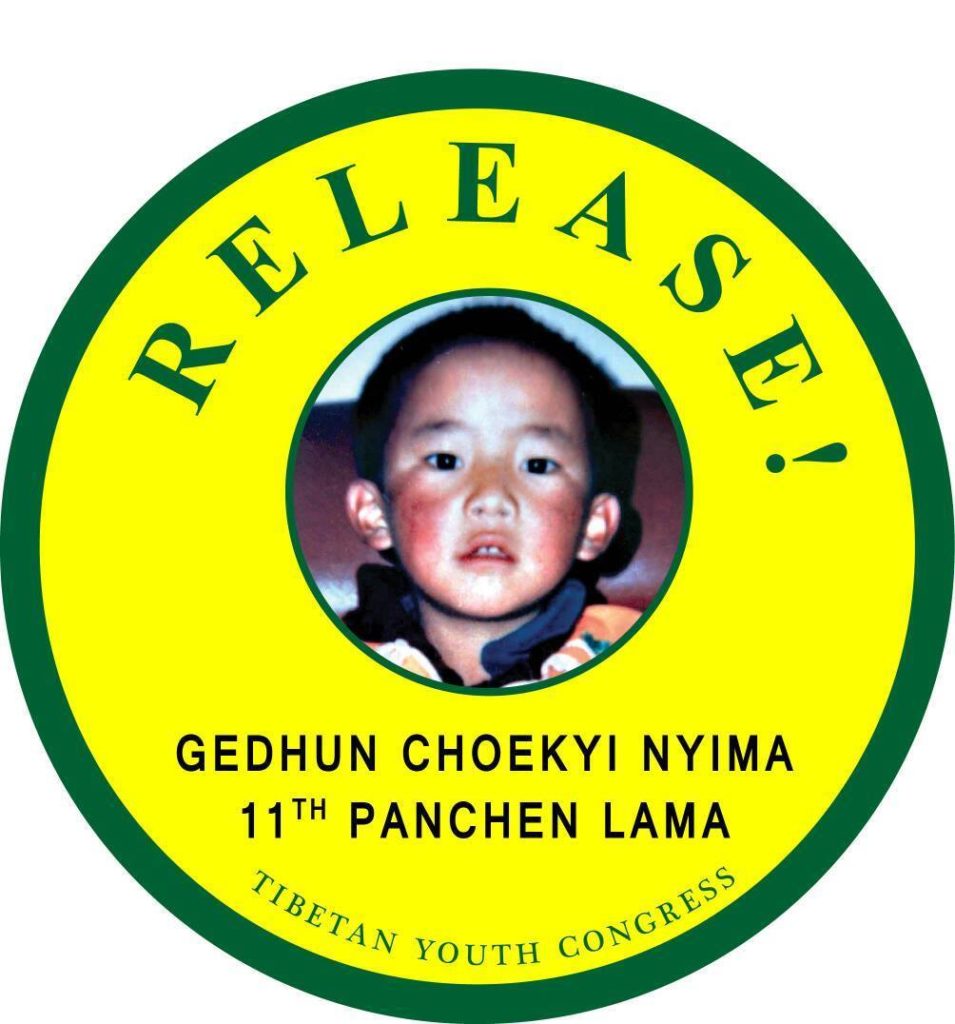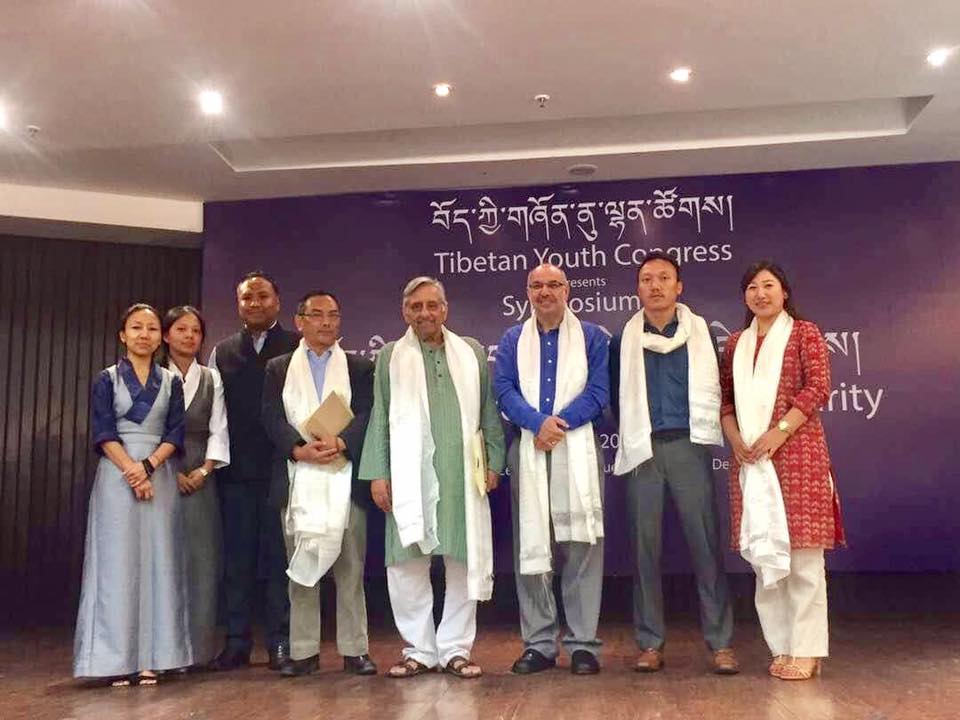
Tibetan Youth Congress Symposium on
Tibet’s Environment Asia’s Security
4th June 2017,India International Centre, New Delhi
Amidst the scorching Delhi heat with temperatures upto 48 degrees, the Tibetan Youth Congress symposium on ‘Tibet’s Environment Asia’s Security’ was convened at India International Centre in New Delhi on 4 June, 2017. The purpose of the symposium was to raise awareness and to bring attention to China’s massive destructions on Tibet’s environment by their irresponsible mining and damming projects all contributing to climate change and affecting surrounding Asian nations and the world at large. The presence of the third largest number glaciers in the world and an extensive permafrost makes the Tibetan Plateau the head source of Asia’s six largest rivers i.e Yangtze, Yellow, Mekong, Salween, Indus and Brahmaputra and is also referred to as the Water Tower of Asia. These waters are a critical resource to the more than 1.3 billion people in the 10 most densely populated nations on earth surrounding the plateau.
The symposium had two major objectives:
- a) It aimed to raise awareness of the environmental impact of Tibet on Asia
- b) Calls for a collective proactive approach to hold China responsible for their actions on the environment in Tibet
The symposium was opened by the President of Tibetan Youth Congress Tenzing Jigme who highlighted some of the critical situation of Tibet’s environment due to massive destruction led by Chinese government for their major damming and mining projects. He also urged world leaders for immediate action to halt China’s major projects which will make huge impact to Asian nations in near future. “Our hope and aim is to raise awareness and bring about a discussion on this important topic which is not only relevant but also should be a cause of major concern for Asia. The future of Tibet and the Tibetan people’s freedom is not only a moral issue but also a political and environmental issue,” President Jigme stated.
In the scope of deliberation for the symposium, Tibetan Youth Congress had invited Chief guest Tsewang Gyalpo Arya, Secretary at the office of His Holiness the 14th Dalai Lama in New Delhi. Mr. Arya commended TYC for organizing such a symposium which he said is very important for Tibet.
Among the panelist for the symposium were Shri. Mani Shankar Aiyar Former Minister/Diplomat, Prof. Maharaj K. Pandit, Environmental studies at University of Delhi, Tempa Gyaltsen, Research Fellow at Tibet Policy Institute and Lobsang Yangtso, Phd Research Scholar at JNU.
Shri. Mani Shankar Aiyar expressed concerns regarding the United States recent decision to withdraw from the Paris climate accord under the administration of President Donald Trump. “This has made China the greatest supporter of climate change accord. However, China is destroying Tibet’s environment at the same time. This has become a serious matter of concern for all of us,” said Mr. Iyer.
Prof. Maharaj K. Pandit, spoke on ‘Global change and the Himalayan highland crisis’. He said, “Yak is the crucial to economy and livelihood security of Tibetan and highland Himalayan population. If the global warming trend and global change continues than you would have lot of shrubs and woods and plants getting into Tibet. The grasses would go, if the grasses go than the yak goes, if the yak goes, the Tibetan culture goes therefore, not only would you have destroyed habitat of yak, you would have destroyed the culture which is 30,000 years, Tibetan culture will become extinct”.
Mr. Tempa Gyaltsen talked about China’s dam projects in Tibet and how the dams are affecting the rivers of Tibet and their flow downstream to South East Asia and finally Lobsang Yangtso spoke on China’s river politics on the Tibetan Plateau comparative study of Brahmaputra and Mekong.
Tibetan Youth Congress distributed a booklet titled, ‘Tibet – The Third Pole’, at this symposium which was attended by more than 100 people including long time Tibet supporters and students around New Delhi.
The symposium brought about a substantive discussion during the Q&A and succeeded in being a true knowledge and exchanging ideas session as well as a catalyst for further discussions on this important topic in the future.

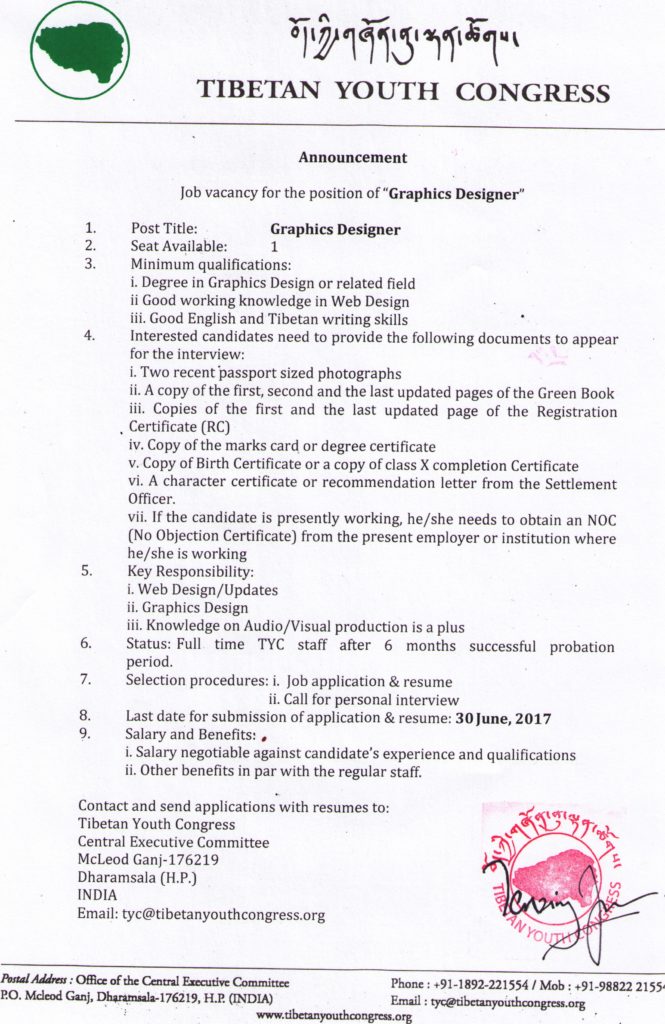
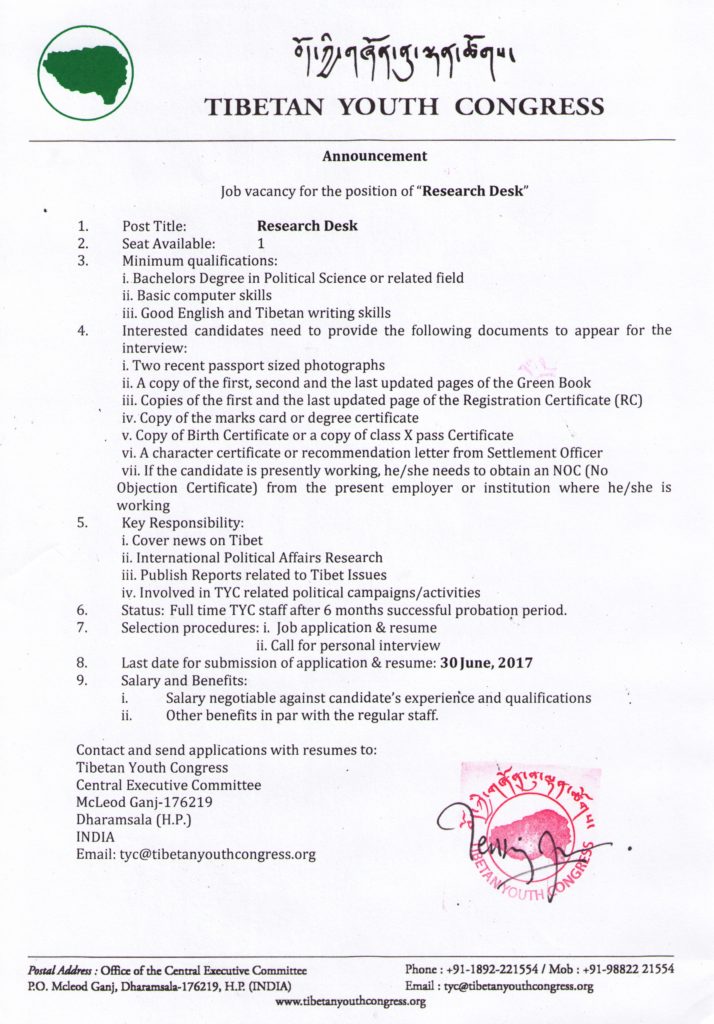
 Jamyang Losal, 22
Jamyang Losal, 22